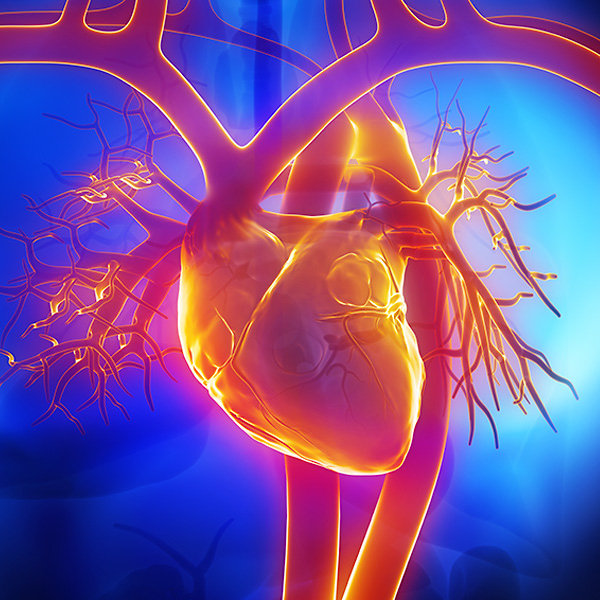Supraventricular Arrhythmia (SVT)
Overview and Facts about Supraventricular Arrhythmia
Supraventricular arrhythmia, more commonly known as SVT, is a heart condition where you have a faster heartbeat than normal. Normally, a person’s heart beats somewhere between 60 to 100 beats per minute. If you have SVT, your heart may beat over this rate.
Overall, SVT encompasses a number of heart conditions and arrhythmias that occur in the AV node of the heart, not involving the heart’s ventricles (the two lower chambers of the heart).
Signs and Symptoms of Supraventricular Arrhythmia
The symptoms of SVT don’t affect people all the time. In fact, you might go weeks without having any problems. When you do start having symptoms of SVT, they might last anywhere from a few minutes to a few days at a time. Common symptoms include:
- Shortness of breath
- Feeling lightheaded
- Having a fluttering feeling in your chest
- Having a rapid heartbeat
- Sweating without exertion
- Fainting
- Having a pounding feeling in your neck
Risks
Causes and Risk Factors of Supraventricular Arrhythmia
In many cases of supraventricular arrhythmia, there is a trigger that sets off symptoms. Some common triggers that doctors have identified include:
- Stress
- Lack of sleep
- Physical activity
- Having too much caffeine
- Using certain drugs or medications
- Drinking too much alcohol
- Smoking
- Heart, lung, or thyroid disease
- Surgery
- Being pregnant
- Heart failure or other heart conditions
Overall, SVT is most common in infants and children, and usually happens twice as often in women (especially pregnant women). However, there are certain kinds of SVT's that affect primarily middle-aged people, likely due to their greater risk of other heart problems.
Tests and Diagnosis of Supraventricular Arrhythmia
To confirm you have SVT, your doctor might perform several tests. These can include:
- A test to look at your thyroid function
- An ECG to look at the electrical activity in your heart
- An event monitor that records your heart’s activity, whenever you are having symptoms
- A Holter monitor that you’ll wear for a day to record your heart’s activity
- An echocardiogram to look at the physical structures of your heart
- A stress test to see if your abnormal heartbeat is triggered by physical activity
- A tilt table test to see if your heartbeat changes, when you move from a horizontal to a vertical position
Treatment and Care for Supraventricular Arrhythmia
Most cases of SVT do not require treatment, as the symptoms are not life-threatening. For severe cases, your doctor may try some of the following to bring your heartbeat down to normal levels:
- Carotid sinus massage to release chemicals that slow down your heartbeat naturally
- Cardioversion to shock the heart and restore normal electrical function
- Vagal maneuvers, which involve holding your breath, coughing, or splashing yourself with ice water
- Catheter ablation to burn away the part of your heart that’s responsible for your arrhythmia
- Medications to help your heartbeat return to normal
Your doctor will also recommend several lifestyle changes to naturally control your symptoms, such as eating healthy, exercising regularly, and quitting smoking.

Request an Appointment
Loyola Medicine heart and vascular specialists have the experience and technology to treat the most difficult cardiac and vascular conditions. Schedule an appointment today.
Schedule a Telehealth Appointment
